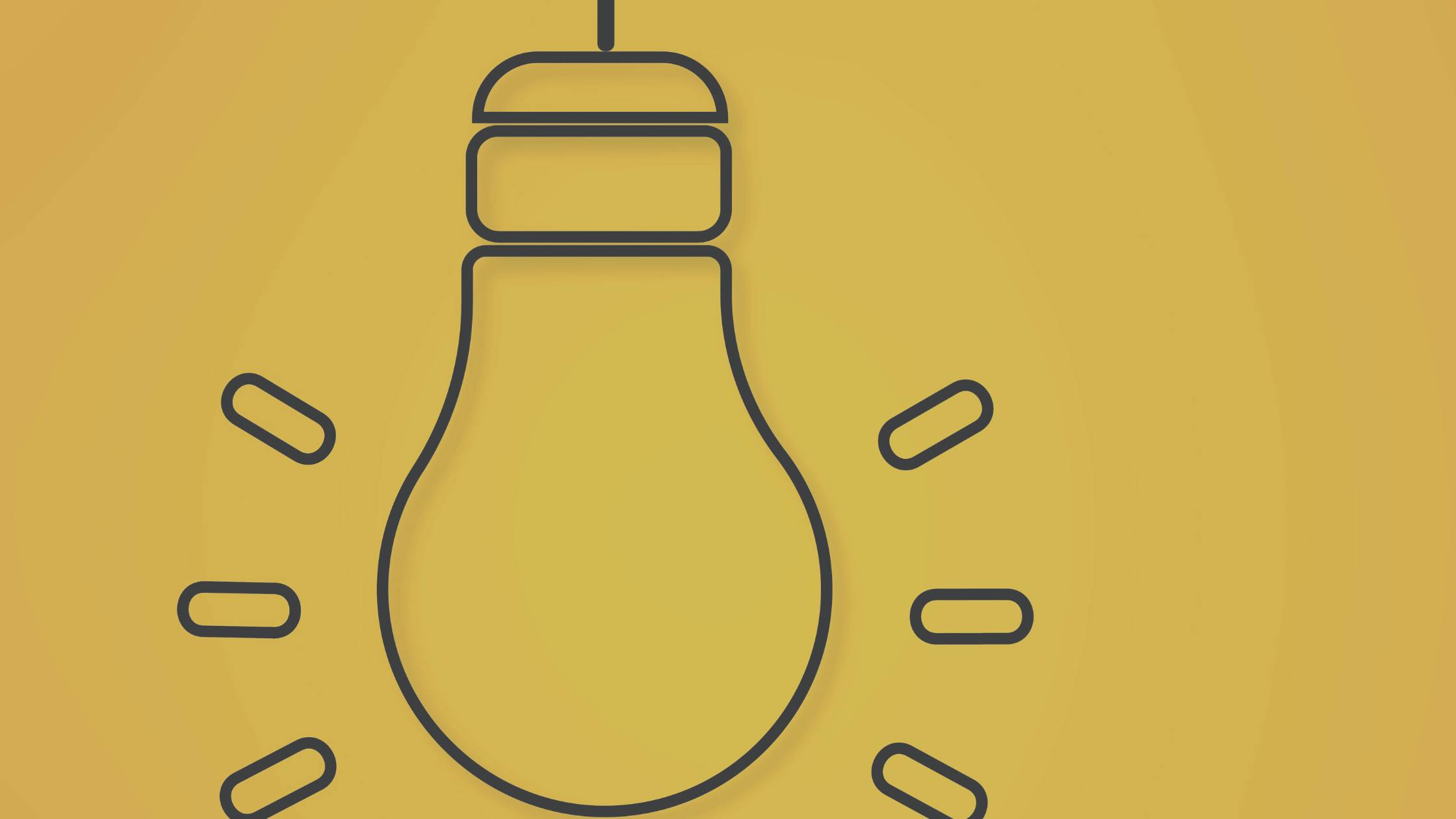What is Design Thinking 🤔?
In today's fast-changing world where problems are becoming increasingly intricate, identifying successful solutions requires a fresh and human-centered approach. Design thinking is a problem-solving approach that emphasizes empathy, creativity, and collaboration. It involves understanding user needs, ideating multiple solutions for those needs, prototyping and testing them, and iterating based on feedback from users. This iterative process encourages innovative and customer-focused solutions across various fields, from product design to business strategies.
Importance of design thinking.
Design thinking allows us to think "outside the box" because as human beings, we develop different patterns of thinking that are modeled on the repetitive activities and commonly accessed knowledge we surround ourselves with.
Quality is assured due to rounds of testing of the minimal viable product and
users' expectations tend to be satisfied since they are actively involved in the whole development and design process.
We will now examine the process of Design Thinking.
Step 1: Empathize ❤

In Design thinking the first question to ask is how do you approach the problem? you empathize, so you need to :
Empathize with users to understand their pain points, their perspectives, and the factors influencing their emotions, whether positive or negative. Essentially, demonstrate sincere care and empathy.
While empathizing you do that by 👇🏽
User Interviews: In the process of understanding users, interviews play an important role, whether conducted one-on-one or via a Zoom call. Additionally,
Shadowing/Observation: This involves observing individuals from a distance, because a user becomes valuable, especially when direct interviews are challenging due to busy schedules.
Throughout these methods, the core principle remains seeking to comprehend users or individuals. It's essential to prioritize understanding and avoid passing judgment during these interactions.
Step 2: Define 📝

User research is the cornerstone for understanding your target audience. By conducting interviews and surveys, we can precisely define our demographic.
What are they saying?
- Interpret Insights: Analyze the feedback and data gathered from user research to understand what users are saying.
What can they be categorized as?
- Categorize Users: Group users based on common characteristics and behaviors to define your target demographic.
What are their challenges and pain points?
- Identify Pain Points: Discover and outline the challenges and pain points users experience.
What is the user's background?
How do they communicate?
Defining personas through these steps helps tailor products and services to the specific needs and preferences of your target audience.
Step 3: Ideate 💡

This process involves sharing ideas, democratizing decision-making, and using the "diverge and converge" approach.
Sharing Ideas: Team members openly share their creative ideas and concepts.
Democratizing Decision-Making: this involves allowing every team member to participate in the process.
Voting on Ideas: Team members across the team have the opportunity to vote on specific ideas, contributing to the decision-making process.
Diverge and Converge:
Diverge: During the "diverge" phase, team members share ideas and explore multiple possibilities. It's about opening up and generating a wide range of creative solutions.
Converge: In the "converge" phase, the team evaluates these ideas, narrows down options, and makes decisions. It's the process of refining and selecting the best ideas from the divergent pool of ideas.
Step 4: Prototype 🖥

In this phase, the goal is to discover optimal solutions for identified problems through prototyping. Prototypes provide a sneak peek at the final product.
There are two primary types of prototypes:
Low Fidelity: These are created using pen and paper, facilitating real-time user feedback. They are excellent for the validation of ideas.
High Fidelity: Involving storyboards and user scenarios, these prototypes offer more functionality and serve as intermediate stages in product development.
During this phase, you:
Design or create mockups.
Sketch and iterate quickly.
The key is to keep it simple and build rapidly. If an approach doesn't work, you refine and repeat swiftly. The focus is on agility and progress.
Step 5: Test 🧪

This final phase involves the critical process of validating your work. This step aims at understanding what's been executed correctly or incorrectly, which involves rapid testing of the prototype and collecting user feedback.
This typically occurs after multiple iterations, alterations, and refinements. The insights gathered can then be used to redefine one or more problems and identify or eliminate other alternative solutions.
In Conclusion: Embracing Design Thinking 😎
In conclusion, the design thinking process is not a linear path but rather an iterative journey. Whenever you recognize the need for improvement, it's perfectly acceptable to take a step back to achieve better results, all with ease and peace of mind.
While various interpretations of this process may exist online, they ultimately converge on the five fundamental steps outlined above.
This article was written by: Francis Etham
